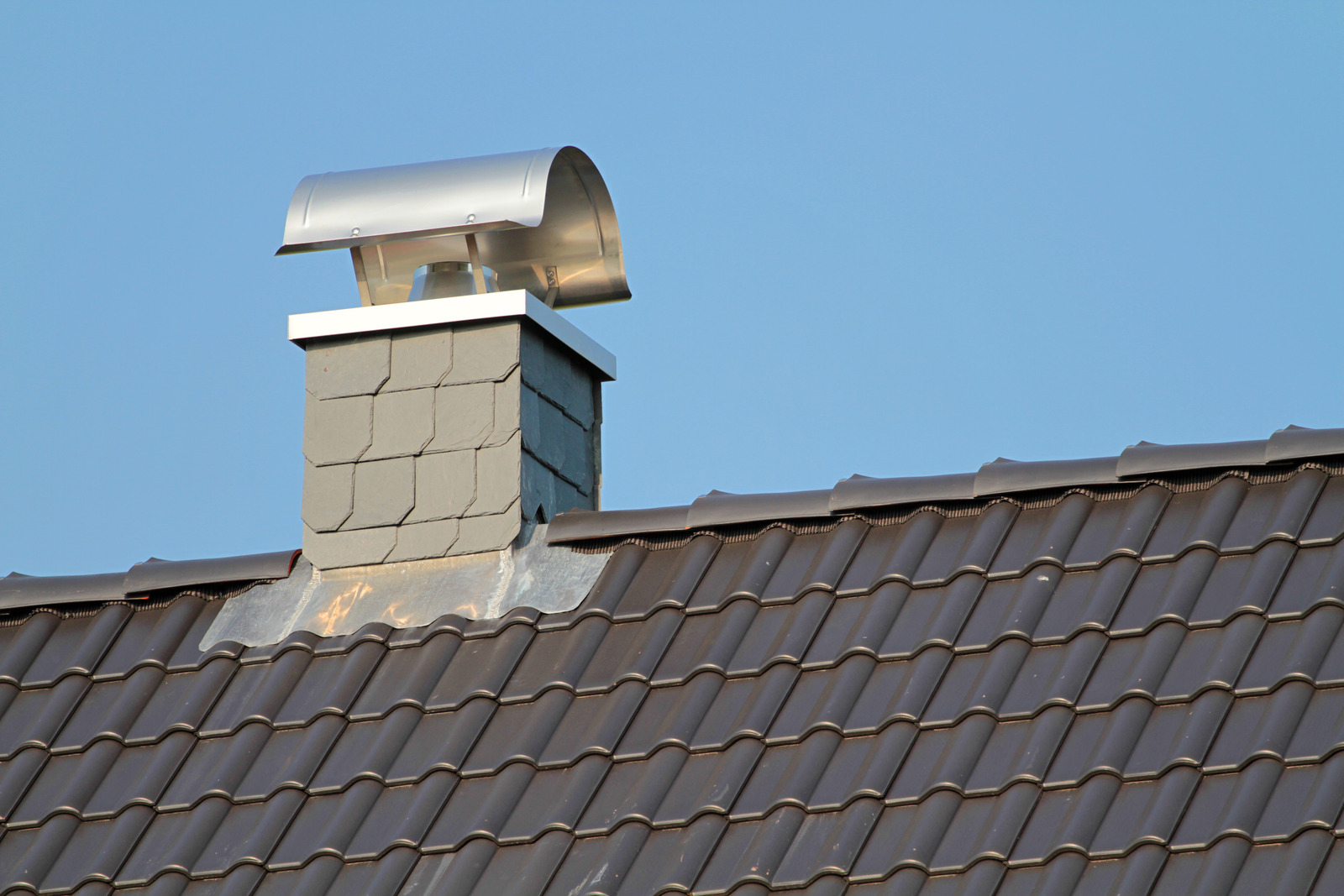
When we think of a home, a fireplace often comes to mind—crackling logs and the warm, inviting glow that fills a room. At the center of this romantic imagery stands the often-overlooked chimney, a critical component that ensures safety and efficiency. Ignoring it can result in dire consequences such as house fires or carbon monoxide poisoning. Whether you’re a homeowner or a potential buyer, it’s essential to understand the various aspects of a chimney to ensure it remains in optimal condition. Here’s a comprehensive look at the top 5 things you need to know about your chimney.
Cleaning
It’s a good rule of thumb to have your chimney cleaned at least once a year, preferably before the winter season starts. The primary reason is the buildup of creosote—a tar-like substance formed by burning wood. Creosote is highly flammable and can lead to chimney fires if not removed regularly.
Inspection
Along with cleaning, a yearly inspection by a certified chimney sweep is crucial. This inspection will reveal any structural issues, blockages, or other problems that might necessitate repair.
Signs You Need Maintenance
Look out for these signs:
A basic understanding of chimney anatomy can help you identify problems more quickly and discuss them more knowledgeably with professionals.
Flue
The flue is the inner lining of the chimney and directs the smoke out of the house.
Damper
This is an adjustable plate located in the flue that helps control airflow and the intensity of your fire.
Cap and Crown
These are located at the top of your chimney and protect it from outdoor elements like rain and snow.
Chimney caps serve multiple purposes. They prevent birds and small animals from entering the chimney, block rainwater and snow from entering and deteriorating the structure, and also stop sparks from escaping and possibly causing external fires.
Modern chimneys now come with a variety of innovations meant to make them safer and more efficient. For example:
Chimney Fans
Electric chimney fans can improve air circulation, making it easier for smoke to exit your home.
Heat Recovery Systems
These systems extract heat from the flue gases and use it to warm up cold air, which is then circulated back into the home.
Increasingly, homeowners are looking for environmentally friendly options for their homes, and chimneys are no exception.
EPA-Certified Fireplaces
These fireplaces reduce emissions and are more energy-efficient compared to older models.
Fuel Choices
Consider burning hardwoods like oak, hickory, and maple, which produce less creosote and provide more heat.
By being well-informed about these aspects of your chimney, you can ensure not only the warmth and ambiance that a fireplace brings but also the safety and efficiency of your home. Keep these tips in mind for a cozy and worry-free winter by the hearth.